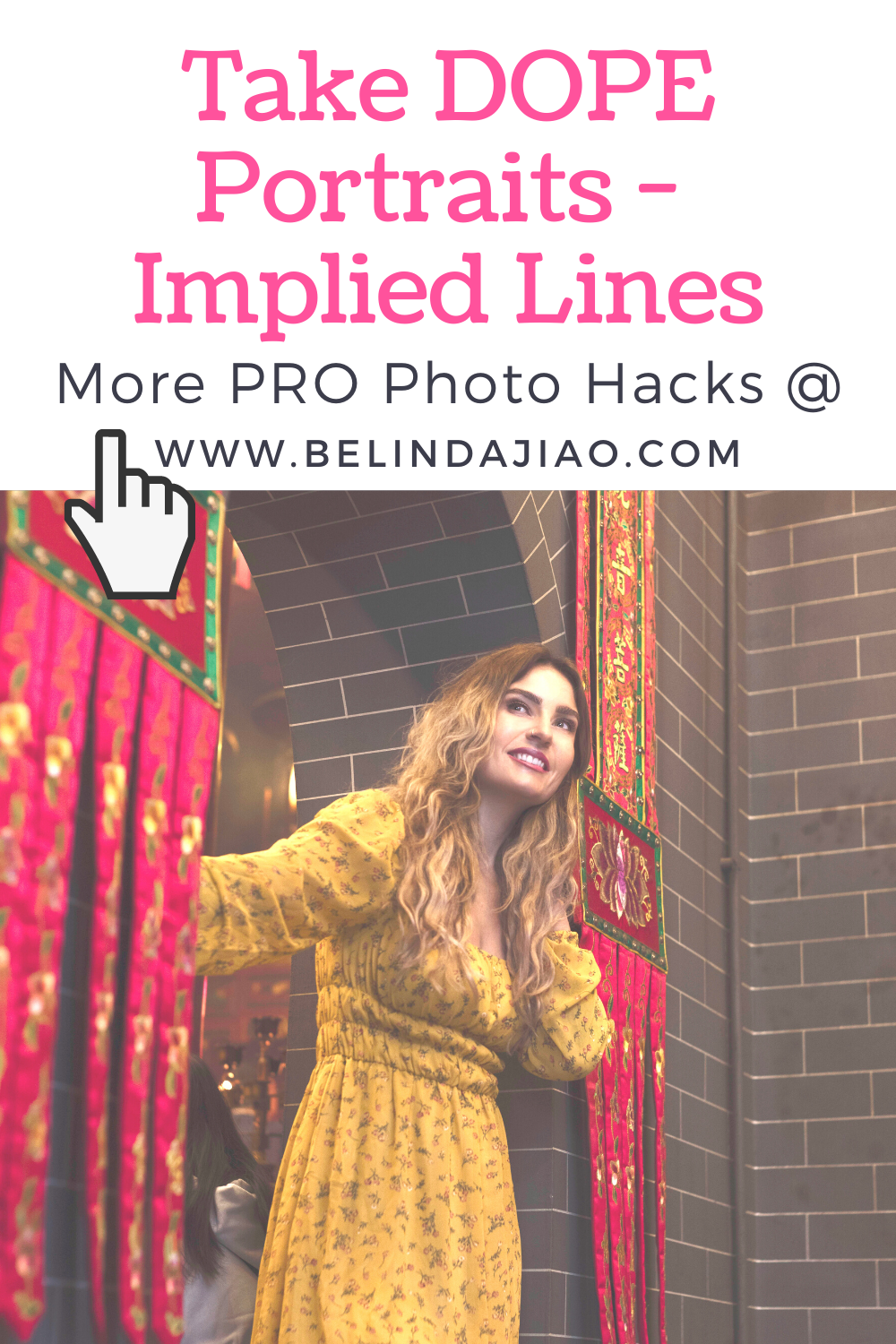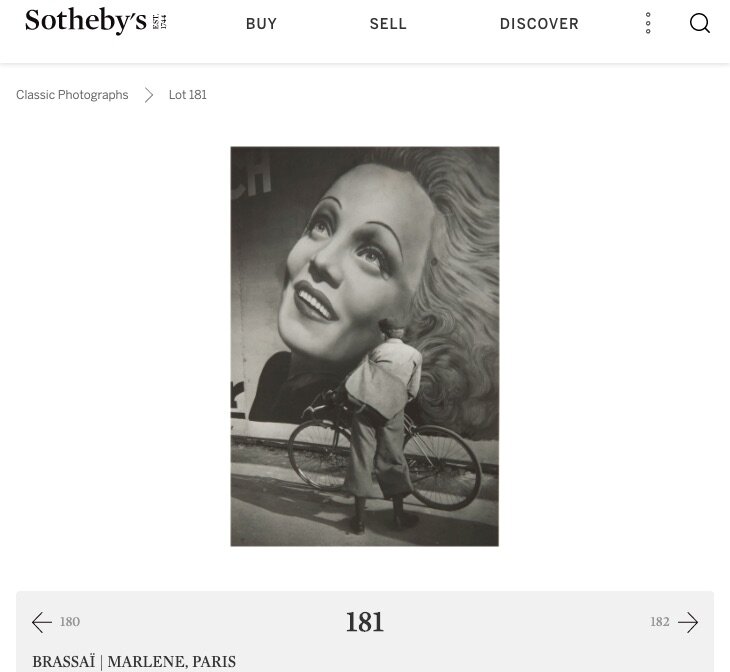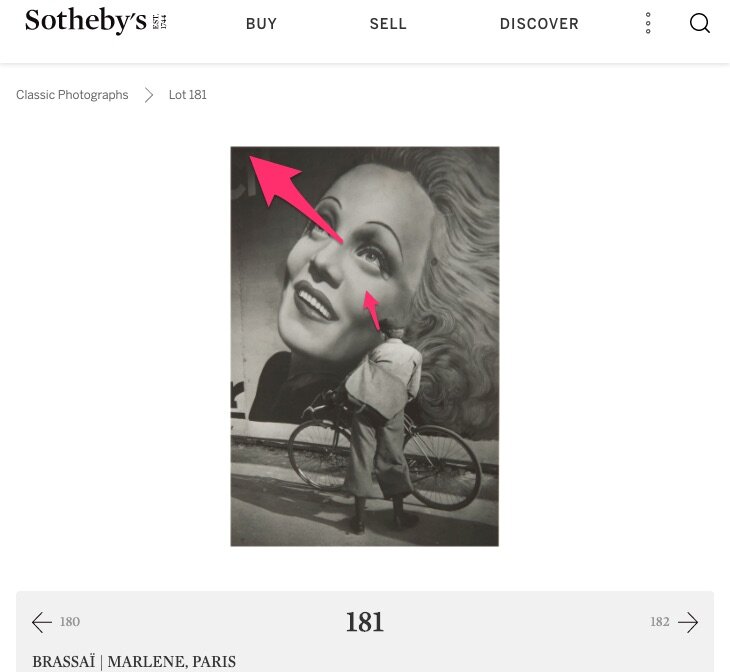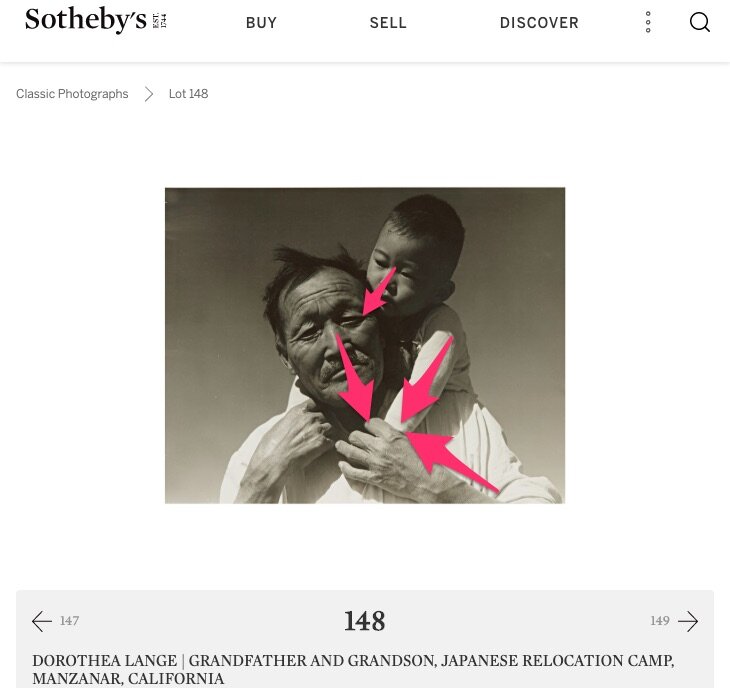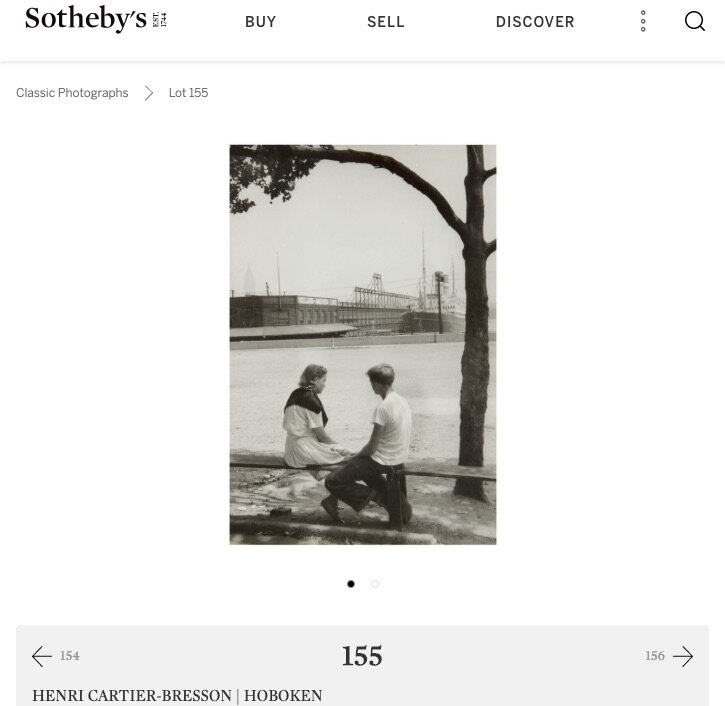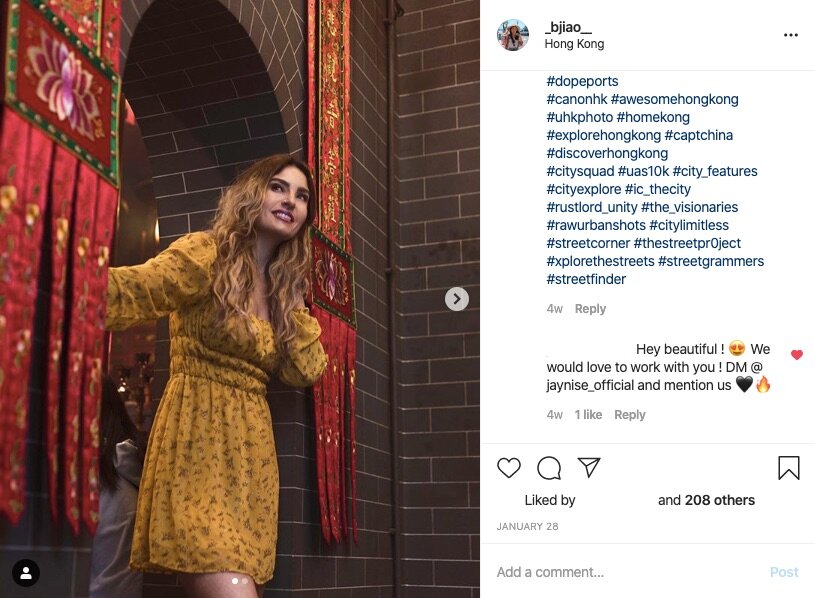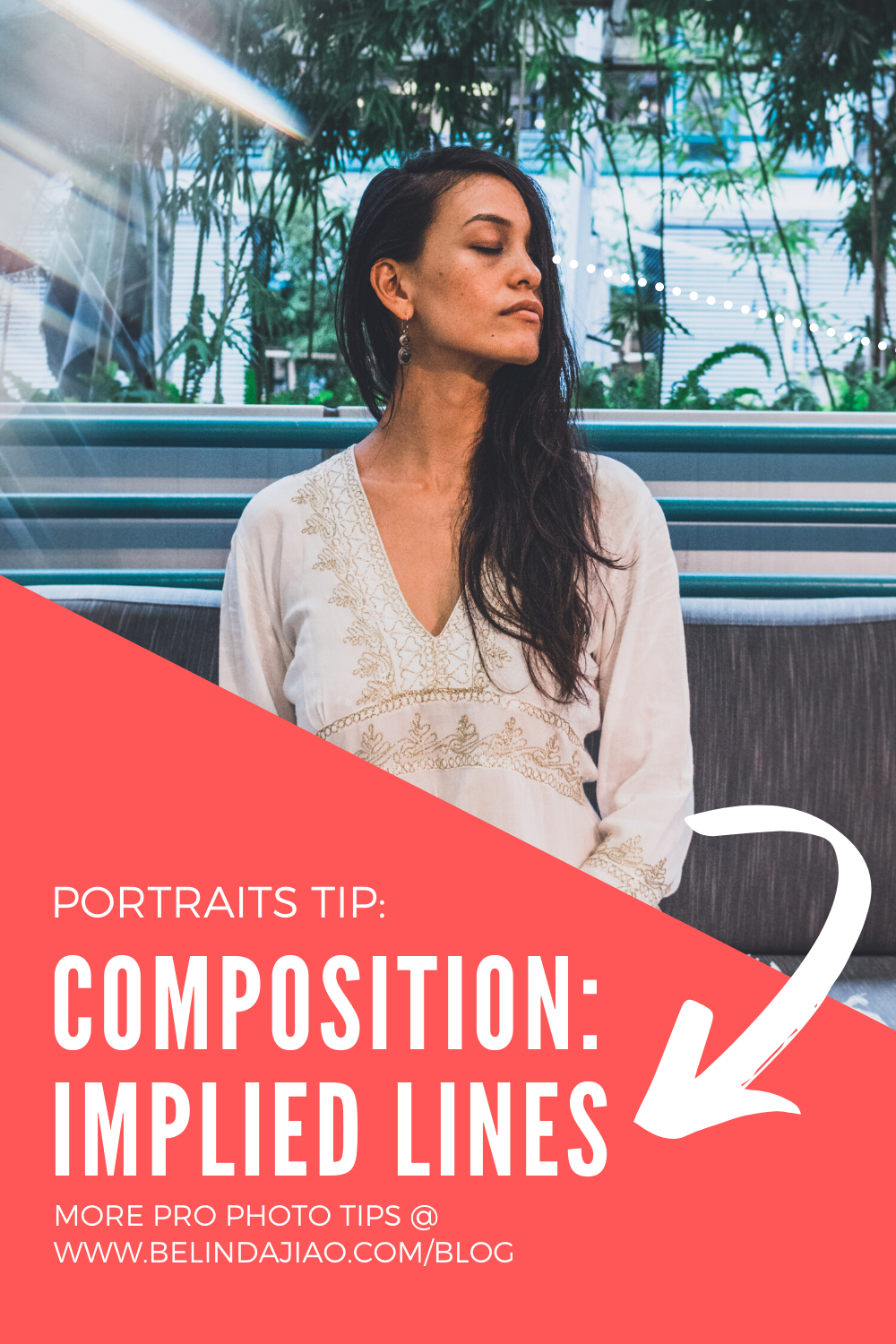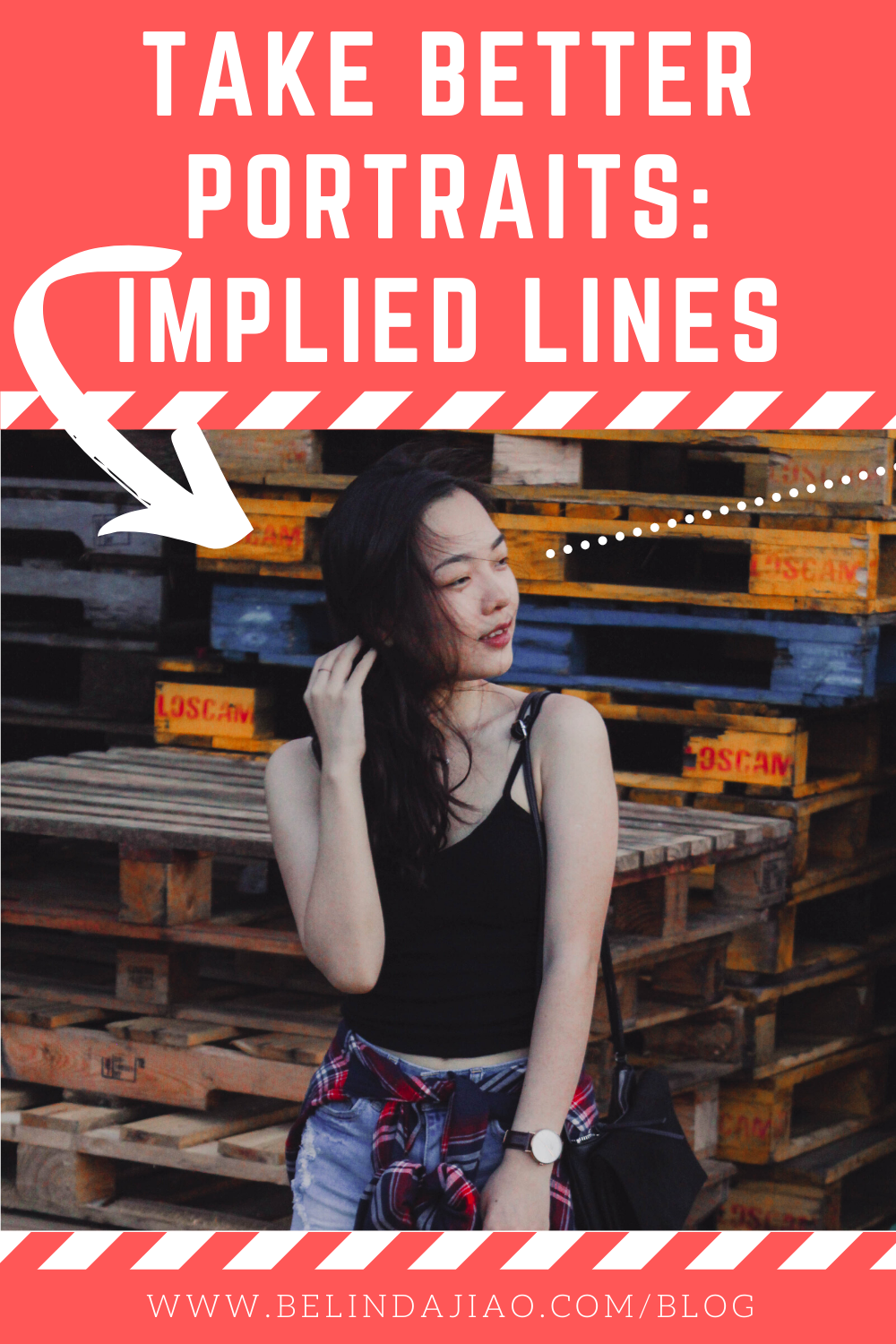The most interesting thing about photo composition, I think, is that there is no general rule.
Or, are there? Why does composition get talked about so often then?
A more meaningful thing to do, therefore, is to frame our discussion - what type of portraits? What’s the purpose of the portraits?
So in this series of blog posts in relation to composition, I will be sharing specifically on composing ARTISTIC PORTRAITS for the purpose of making INSTAGRAM POSTS. What I mean by this are portraits shot with the primary aim of depicting the model’s beauty and charm - it’s not about the garments, nor the makeup. It’s ultimately about the model.
If you find this helpful, SUBSCRIBE to my channel via the box on the left to make the most out of my blog! Also, do share it with people who might be interested. Shoot me an email/ DM to share your thoughts too!
Also, Pin this article to your Portrait Photography Techniques boards in Pinterest if you find it helpful!
The theme for today is:
Implied Lines
What are Implied Lines?
As its name suggests, these are lines that don’t actually exist in the picture, but only in the viewer’s perception.
In the context of portraits, this is usually created by the direction of the subject’s sight.
Sounds abstract, I know. So here are some classic examples and my interpretations of them.
Peach Picker by Dorothea Lange
Observe what your eyes are doing when you look at the photo. You probably can’t help but look towards the right of the woman.
This is your subconsciousness telling you to figure out what is she staring at.
‘Peach Picker’ by Dorothea Lange; image by Sotheby’s.
‘Peach Picker’ by Dorothea Lange - my interpretation of the use of implied lines; image by Sotheby’s.
Marlène, Brassaï
Again, observe your eyeballs. You are probably laying eyes on the gentleman first, then onto the lady on the wall, and then to the top left corner.
This illustrates how the direction of sight of the subjects guide the reader’s attention.
‘Marlène’ by Brassaï; image by Sotheby’s.
‘Marlène’ by Brassaï - my interpretation of the use of implied lines; image by Sotheby’s.
Grandfather and Grandson, Dorothea Lange
By now you can probably tell, I like Dorothea’s work.
Anyway, the point here is that this doesn’t only apply to a sole subject; it works too for 2-persons images.
The arrows signify how the implied lines created by the subjects’ sights interact with the actual lines created by their hands draw the reader’s attention to their holding of hands.
‘Grandfather and Grandson’ by Dorothea Lange; image by Sotheby’s.
‘‘Grandfather and Grandson’ by Dorothea Lange - my interpretation of the use of implied lines; image by Sotheby’s.
Hoboken by Henri-Cartier-Bresson
This is probably one of the most frequently quoted examples, for very good reasons.
The perspectives of the lovers keep the reader’s focus inside the space between the couple.
‘Hoboken’ by Henri-Cartier-Bresson; image by Sotheby’s.
‘Hoboken’ by Henri-Cartier-Bresson - my interpretation of the use of implied lines; image by Sotheby’s.
Why do implied lines of vision create interest?
Brings the image closer to reality
In reality, people move.
If the subject in the frame appears to stay still and do not have a sense of direction, it looks fake to the human eye.
For instance, we suspect something is artificially keyed in if it doesn’t cast a shadow. Similarly, a subject would look more natural when it is doing something rather than being complete stationary.
In the photo below, for instance, you can see that there is a movement implied from her sight towards the right of the frame.
Specs: 1/160 f/4.5 ISO 400 Gear: Canon 5D Mark IV EF 24mm f/2.8
In frame: Cherry Pau Location: Causeway Bay, Hong Kong Wardrobe: Tommy Hilfiger
Opens up a creative gap
This is in a way an extension of the point made above - we like to see things in context.
Like it or not, our brains do quite a lot for us without us asking, such as filling in gaps where we aren’t given enough information.
The brain enjoys this exercise, and implied lines of vision provides more of that.
In the photo below, you might find yourself trying to figure out what was my model looking at. Her vision suggests that she is looking at something outside the frame, but the photo leaves this blank. Therefore, your brain tries to answer it for you.
Specs: 1/100 f/2.8 ISO 400 Gear: Canon 5D Mark IV EF 50mm f/1.8
In frame: Chelsea Dygert Location: Mong Kok, Hong Kong Wardrobe: Nastygal
How can you make use of implied lines in portraits?
Now that you understand why implied lines are helpful in composition, let’s look at how to put it to good use when shooting portraits.
Direct your model to look sideways (yeah always state the obvious)
Leave enough room for the implied line
This is where things can get tricky. As much as looking sideways can make your portrait look more natural, it can also make it look fake, depending on where you put your implied line. Generally, the implied line should span across a substantial area of the frame for it to look real.
Direct your model to look sideways at VARIOUS LEVELS - look up, look horizontally, and look down. Don’t be fooled into thinking that you are set for your life with just one angle - you won’t realise that there is a better angle until you find it.
Summary
In this article, we talked about:
What are implied lines and examples of its usage.
Why implied lines create interest - creates a sense of reality and invites visual imagination.
How you can utilise the concept in your portraits.
More sharing coming soon!
SUBSCRIBE via the box on the left for more PRO tips, and follow me on Instagram (@_bjiao__) and let me know what you think in the comments!
Share this article on Pinterest too!
Keep shooting, keep creating!
The mission of this blog is to provide the best insider information in the photography industry, as openly as possible. You have direct access to my
first-person experience as an aspiring photographer who talks, but also works.
Honest opinion are rarely available as public resources because this is a competitive industry. Huge sums are made when such information is delivered in the form of mentorship and workshops.
This blog is a great way in which I cover my daily expenses, but also provide real value.
If you have learnt something that would be worth at least $10, please consider donating to the page. This enables me to keep creating content and helping more people sustainably.
Your continued support for the blog is appreciated!

